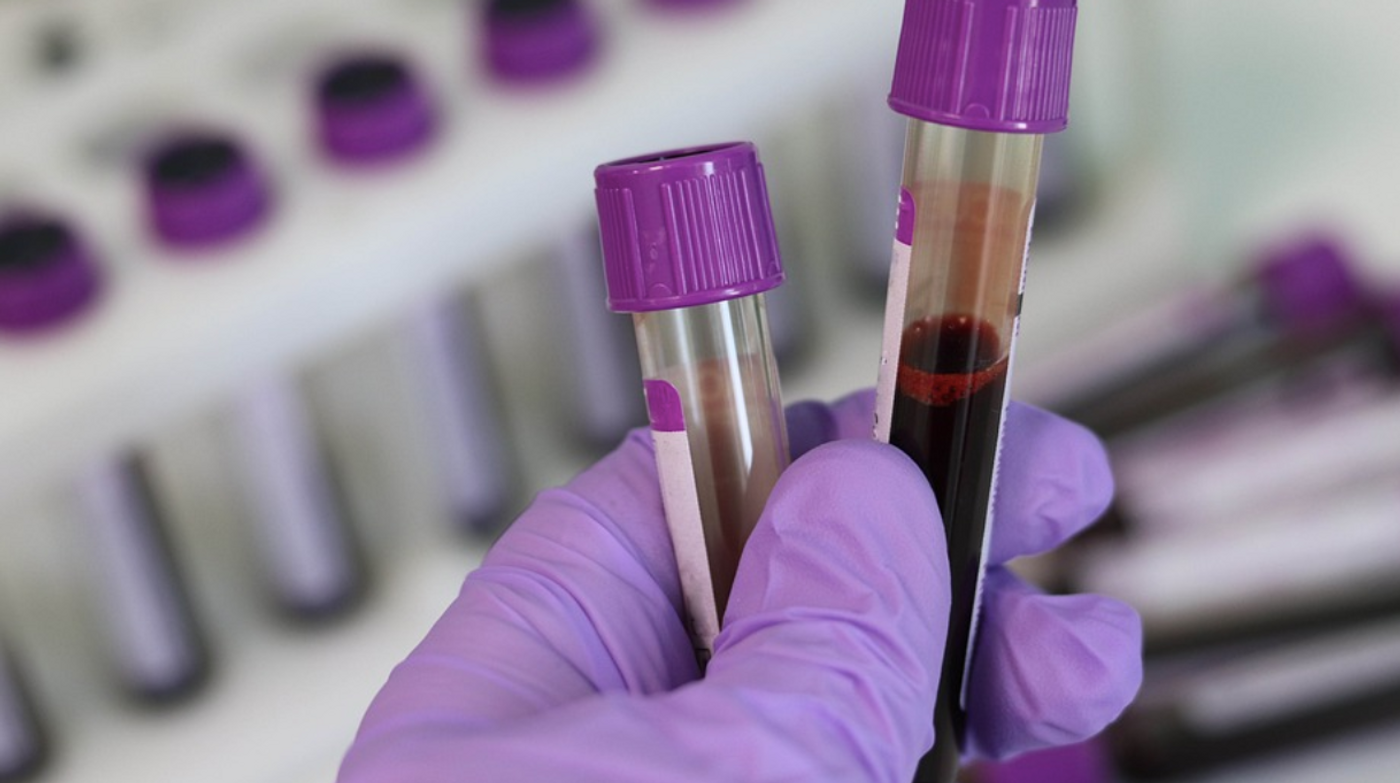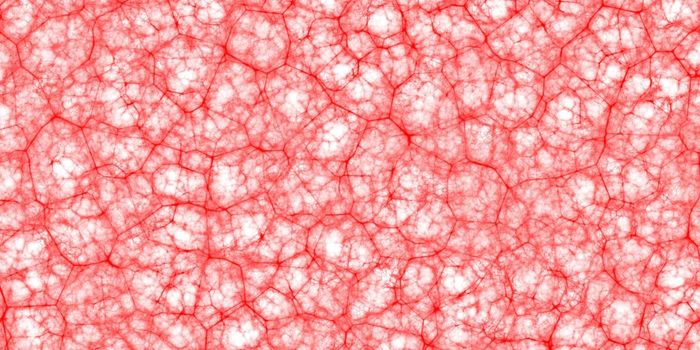A Better Test for Measuring HIV Viral Load with Only a Drop of Blood
There are around fifteen drops in a milliliter of blood. The viral load of a human immunodeficiency virus (HIV)-infected individual could be anywhere from only a few copies to as many as 500,000 copies of in one drop of blood. Clinicians and scientists can learn more about the progression of a viral infection in a patient, and treatment options can be informed from viral load measurements. However, current HIV viral load testing techniques can be time-consuming and inaccurate, and often the tests have to be repeated multiple times while a patient is being treated. Scientists have now developed a new method that can detect HIV levels in only one drop of blood.
This work has been reported in ACS Nano. It could also be the starting point for better diagnostic tools for many infectious diseases, suggested corresponding study author Weihua Guan, an associate professor at the Penn State College of Engineering.
Right now, viral load assays that are used for HIV apply amplification tools like PCR or RT-PCR to boost the viral particles that are in a sample, and then actual levels can be extrapolated from that data by making comparisons to a reference standard. But this new approach measures viral particles directly with a tool called Self-digitization Through Automated Membrane-based Partitioning (STAMP). It is also faster and less expensive than RT-PCR, and uses a smaller starting sample.
In this method, a blood sample is taken, the viral RNA is isolated from the sample, and then combined with an enzyme called Cas13. This enzyme is one of the CRISPR enzymes, and it can be used to target specific RNA molecules. In this case, it identifies HIV RNA. The materials are then run through a nanopore membrane, which can separate individual Cas13 particles that are attached to HIV RNA. This combination activates reporting molecules in the membrane, sending a signal that HIV has been detected.
"By counting the number of droplets showing this signal, we can determine the amount of HIV in the person's blood," Guan said. "The more droplets with the signal, the higher the viral load."
The STAMP method was validated with synthetic HIV RNA and 20 patient plasma samples. Its accuracy was found to be comparable to the RT-PCR method, which usually requires more blood. More testing is ongoing.
"While further improvements are needed to enhance its detection limit and automate the setup, the STAMP-based digital CRISPR method shows great potential for advancing HIV viral load monitoring," Guan said. Now, the researchers are the efficiency and accuracy of the technique to quantify more viruses.
Sources: Pennsylvania State University, ACS Nano









